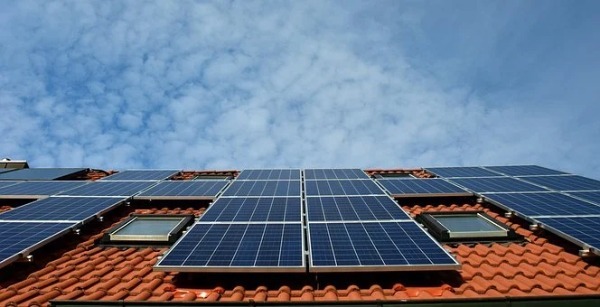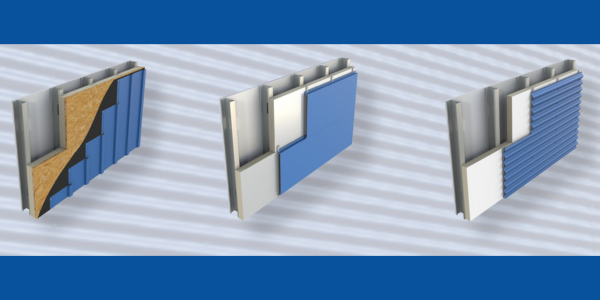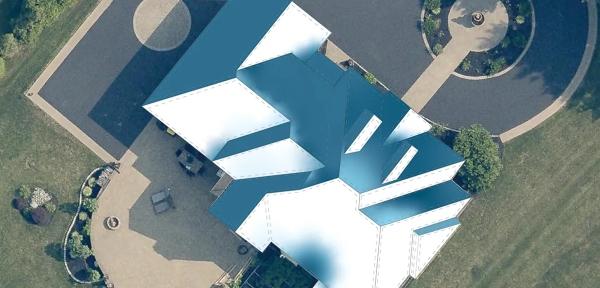Help Your Customers Save Money on Solar Installation

By Chem Link.
Inform your customers of the many solar tax incentives available across the U.S. so they can install the solar system of their dreams.
Across the U.S., cities and states are increasingly turning towards renewable energy sources instead of fossil fuels. More and more homeowners and business owners alike are beginning to install solar energy systems because of their many benefits, like environmental friendliness and energy bill savings. Despite this, many people are turned away by the cost of solar panel installation. Fortunately, there are many tax incentives available that are making solar panels accessible to everyone.
Federal tax credit
One of the biggest incentives available for both residential and commercial building owners for installing solar energy systems is a federal tax credit called the Solar Investment Tax Credit (ITC). This credit can help to offset a large portion of your customer’s investment by allowing a 30 percent deduction from their federal taxes for the installation cost.
The ITC was established as part of The Energy Policy Act of 2005. Since then, it was extended a number of times and is now set to expire at the end of 2023. Although the program now offers a 30 percent deduction, starting in 2020, we began to see that percentage decrease each year until it ultimately expires in 2023. With the looming percentage deductions, now is a great time to encourage your customers to dive in and take advantage of the full 30 percent deduction.
Net metering
Net metering is another incentive opportunity that is available in many states. If a state participates in a net metering program, customers will only be billed for the net energy used each month. This amount is determined by calculating the difference between the energy produced by the solar panel system and the energy consumed by the building throughout the month. In some areas, this could actually result in a credit for the excess energy a system creates. Net metering can save hundreds of dollars each year, but research must be done to determine if your state participates and outlines any stipulations.
Solar renewable energy certificates
Solar Renewable Energy Certifications (SRECs) are another option available in some states. In these states, utility companies are required to produce a certain amount of energy from renewable resources each year. If utility companies do not produce enough energy in this manner, they are charged a fee. This is where the SRECs come into play. They can purchase SRECs from individuals and companies who have solar energy systems at a lower cost than the fee they would incur. This saves them money while putting money in your pocket. Again, to ensure you are providing your customer the most accurate information, research must be done to determine if your state participates and outlines any stipulations.
State-level incentives
As the push toward clean renewable energy continues, many cities and states are offering incentive programs to residents and organizations for installation of solar systems. Not every state has jumped on the bandwagon yet, but several states offer incentives in the form of grants, loans or tax exemption programs. We will discuss some of the incentives that are available with a focus on the commercial building industry in a few states across the United States. There are numerous incentives available outside of the scope of this article. Additional research on your specific state and project type should be done to ensure you are providing optimal savings for your customer’s project.
California
Property Assessed Clean Energy (PACE): The PACE incentive is a national incentive that is adopted throughout states in the United States. Many cities and counties in California offer the PACE program to both residents and commercial building owners.
Florida
Property Assessed Clean Energy (PACE): Florida is another one of the states that participates in the PACE incentive. PACE is available to both residential and commercial building owners and helps offset installation costs by offering a low-cost, long-term project financing option.
Florida State-Specific Incentives: In Florida, there is no sales tax on solar energy systems. In addition, commercial buildings can receive 80 percent property tax abatement for investing in renewable energy property.
Delaware
The Green Energy Program: Some utility companies and municipal governments within the state of Delaware offer their customers grants for installing solar panels on their buildings. Grant requirements and amounts may vary, depending on the company and system type. There are resources available to ensure your customers are receiving the maximum incentive.
Energize Delaware Solar Loan: This program offers a low-interest loan to customers who own renewable energy sources. The amount of the loan can range anywhere from $5,000 to $30,000. Interest rates on the loans are 3.9 percent with a term of up to 10 years.
South Carolina
Energy Efficiency Revolving Loan Program (EERL): This loan program is designed for private business, government agencies and 501(c)(3) organizations. It is meant to assist in energy-efficiency improvements for long-term cost reductions. These loans can range from $50,000 to $1 million per fiscal year and have a maximum loan term of 10 years.
ConserFund Loan Program: This program is designed specifically for local governments and 501(c)(3) organizations. It is meant to assist in energy-efficiency improvements for long-term cost reductions. These loans can range from $25,000 to $500,000 per state fiscal year. For eligible government borrowers, the first payment is not due until one year after the completion of the project.
ConserFund Plus Program: Designed for state agencies, public colleges and universities, technical schools, and public school districts, this program is structured similarity to the previously mentioned ConserFund Loan Program. The main difference between the programs is that the funding is allocated as a 70 percent loan and 30 percent grant. This program also requires adherence to the American Recovery & Reinvestment Act (ARRA), Buy American and Davis-Bacon wage provisions.
Wisconsin
Focus on Energy - Solar Electric System Incentive: This program works with many local utility companies to provide incentives for installing solar electric systems. There are some requirements to determine eligibility for this program, including installing a qualified system model; the system must be at least 0.5 kWDC, installed 45 degrees south, with a panel tilt between 10-50 degrees and have less than 10 percent obstruction shading. If a commercial project meets these qualifications, it could earn up to $4,000 in incentives through this program.
Washington
Renewable Energy System Cost Recovery Incentive Payment Program: This program was designed to help offset the cost of installing a solar system for both residential and commercial projects. It offers up to $5,000 per year for qualified candidates. The exact amount received is determined by the amount of electricity produced by the system from July 1 to June 30 and is based on all systems that are owned, not per system.
In this article, we are only scratching the surface when it comes to solar energy incentive programs. Several of the states listed have programs beyond what is mentioned, and the list of states offering programs is much larger. Solar energy is here to stay and will only continue to grow as our country moves toward renewable energy dependency. So, what is holding your customers back? Now is the time for them to take advantage of the incentives and begin reaping the benefits that solar energy has to offer.
Learn more about Chem Link in their RoofersCoffeeShop® Directory or visit www.chemlink.com.
Original article source: Chem Link























Comments
Leave a Reply
Have an account? Login to leave a comment!
Sign In